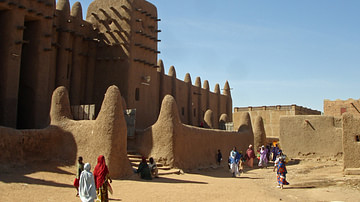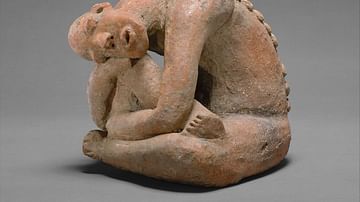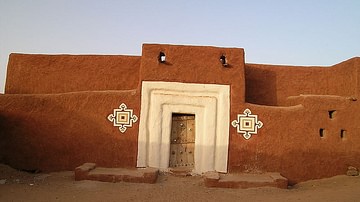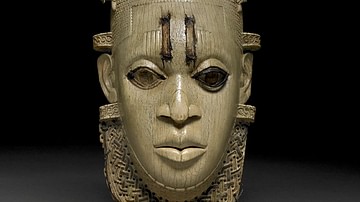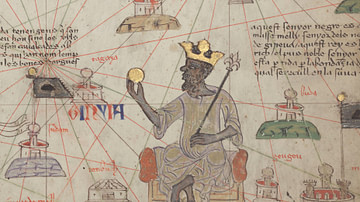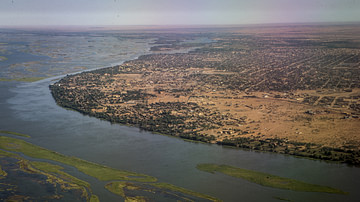Video
Cite This Work
APA Style
UNESCO, . (2018, September 05). Old Towns of Djenné (UNESCO/NHK). World History Encyclopedia. Retrieved from https://www.worldhistory.org/video/1417/old-towns-of-djenne-unesconhk/
Chicago Style
UNESCO, . "Old Towns of Djenné (UNESCO/NHK)." World History Encyclopedia. Last modified September 05, 2018. https://www.worldhistory.org/video/1417/old-towns-of-djenne-unesconhk/.
MLA Style
UNESCO, . "Old Towns of Djenné (UNESCO/NHK)." World History Encyclopedia. World History Encyclopedia, 05 Sep 2018. Web. 19 Apr 2024.
